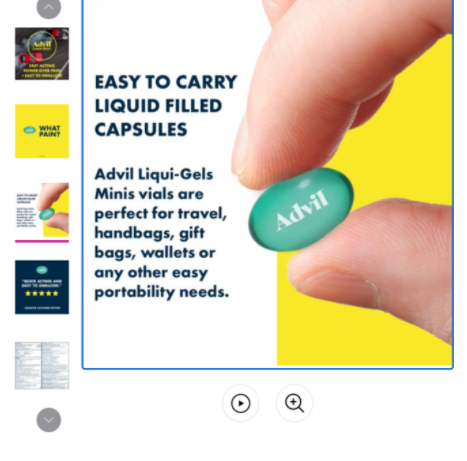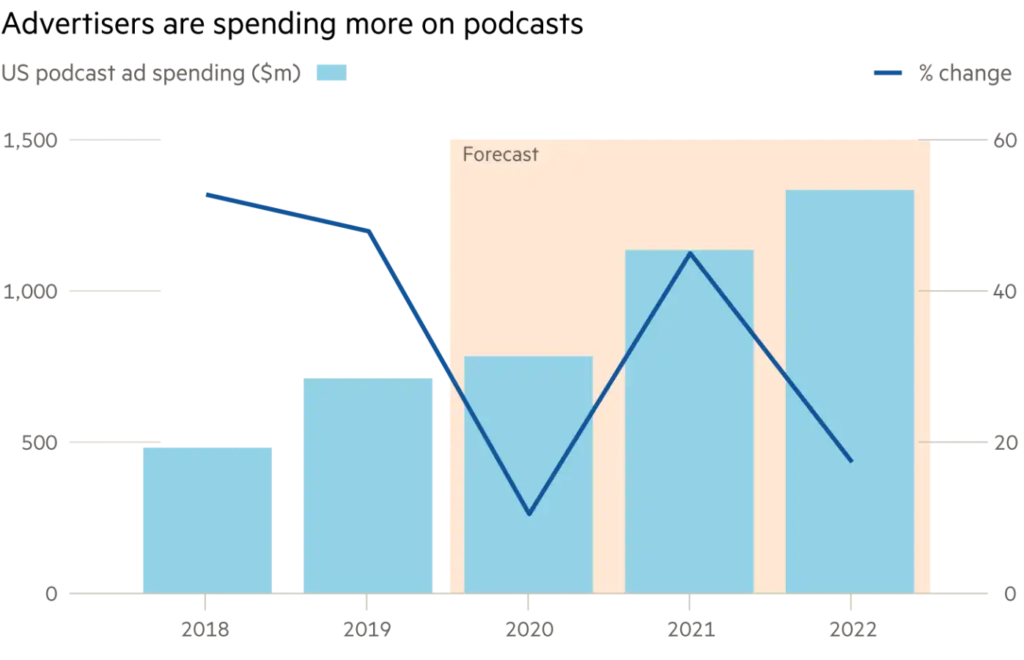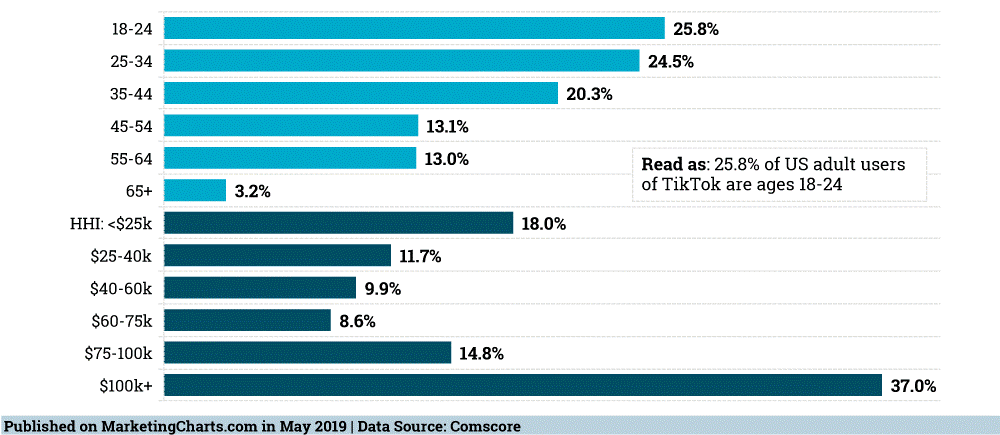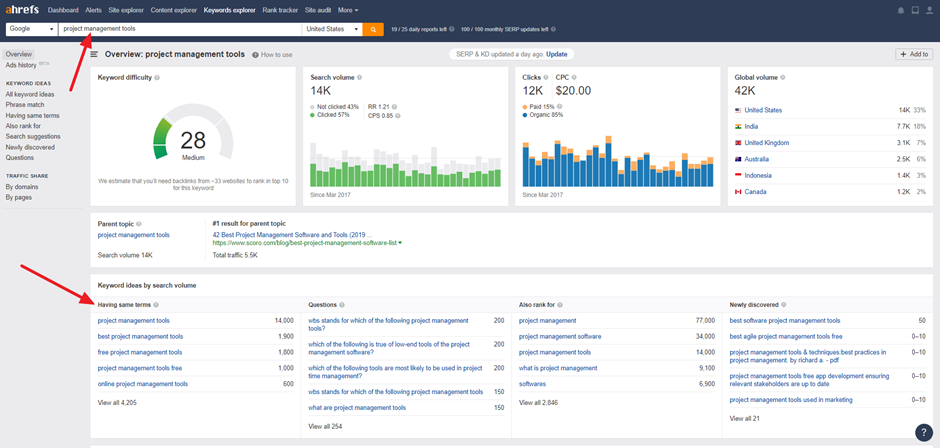TikTok is known throughout the marketing industry as one of the best options for brand advertising. If you’ve logged onto the app, you’ve probably seen a few of these successful ads. While TikTok has had a successful year in 2020, they’ve had a steep rise from their humble beginnings as a startup.
With TikTok advertising, there are several features that aid advertisers in their campaigns, one of which is behavior targeting. We’ll demonstrate what it is, how it can be useful, and how it is different from interest targeting. Mostly, we’ll discuss how using targeting on a campaign before it’s executed can increase your chance at success. Let’ start by adding targeting to an advertising routine.
What is TikTok Behavior Targeting?
Behavior targeting lets advertisers deliver ads based on user activity on TikTok. Interest targeting, on the other hand, focuses on a user’s long-term content views and engagement. Behavior targeting focuses on a user’s recent interactions with content.
Both targeting methods can be used to help a campaign. In fact, using both will allow advertisers to gather new information about theri current and potential target markets.
How to Use TikTok Ads Behavior Targeting
Now that we know what TikTok ads behavior targeting is, we’ll take a look into all the different uses available to advertisers, which benefit brands in various ways.
Audience testing: Behavior targeting allows you to test your own theories about a chosen target audience. TikTok encourages advertisers to use this method to help identify their audience in order to run successful campaigns that yield the right results.
You can campaign in a plateau phase: Sometimes a campaign hits a plateau phase when the number of targeted users run out based on the set targeting criteria. Behavior targeting is one of the best ways to seek out new users who want to purchase a featured product.
In fact, this feature helps to find even more target markets. Seasoned brands can explore new heights, while newer brands can make a stronger debut.
Get creative with ways to spend: Campaign spending doesn’t always go as planned, but behavior targeting offers advertisers to expand on their campaigns. It creates ways to identify and expand on high-quality audiences based on their unique needs.
Audience insights are available: After the campaign, clients can evaluate audience performance based on the behavior categories they targeted. Over time, audience insights will help clients pivot and improve their targeting strategy and tactics.
What benefit will prove to be the best for the brand that you currently represent? We’d love to know your thoughts and truly see how behavior targeting can aid with other needs.
How Does Behavior Targeting Differ From Interest Targeting?
Comparing behavior and interest targeting side by side, we can see how they benefit advertisers in different ways. This is how each one works based on the criteria:
|
Criteria |
Behavior Targeting |
Interest Targeting |
|
Feature Logic |
Based on user behavior |
Predicted by machine learning |
|
Time Frame |
Recent (7-15 days) |
Remote (Past 60 days) |
|
User Behavior |
Short-term observed behavior |
Long-term behavior |
|
Content Type |
Organic content |
Organic and paid content |
|
Advertiser Type |
Hands-on |
Hands-off |
Source: TikTok
What type of targeting best fits your brand and campaign type? If it’s both, how will they work together to make your ad campaign a success? We’d like to know how each targeting concept has a way of aiding your different ad campaigns.
Final Thoughts
Is behavior targeting worth using in your TikTok ad campaigns? With all of its benefits and different uses, why not try it out in a campaign or two?
By identifying target markets, TikTok has removed the middleman and created smoother campaign launches, with ways to measure success and opportunities. This creates a clearer picture for advertisers who want to pivot their marketing strategies for better results. No matter the type of campaign or brand background, it’s always a good idea to explore different avenues to understand your target markets.








